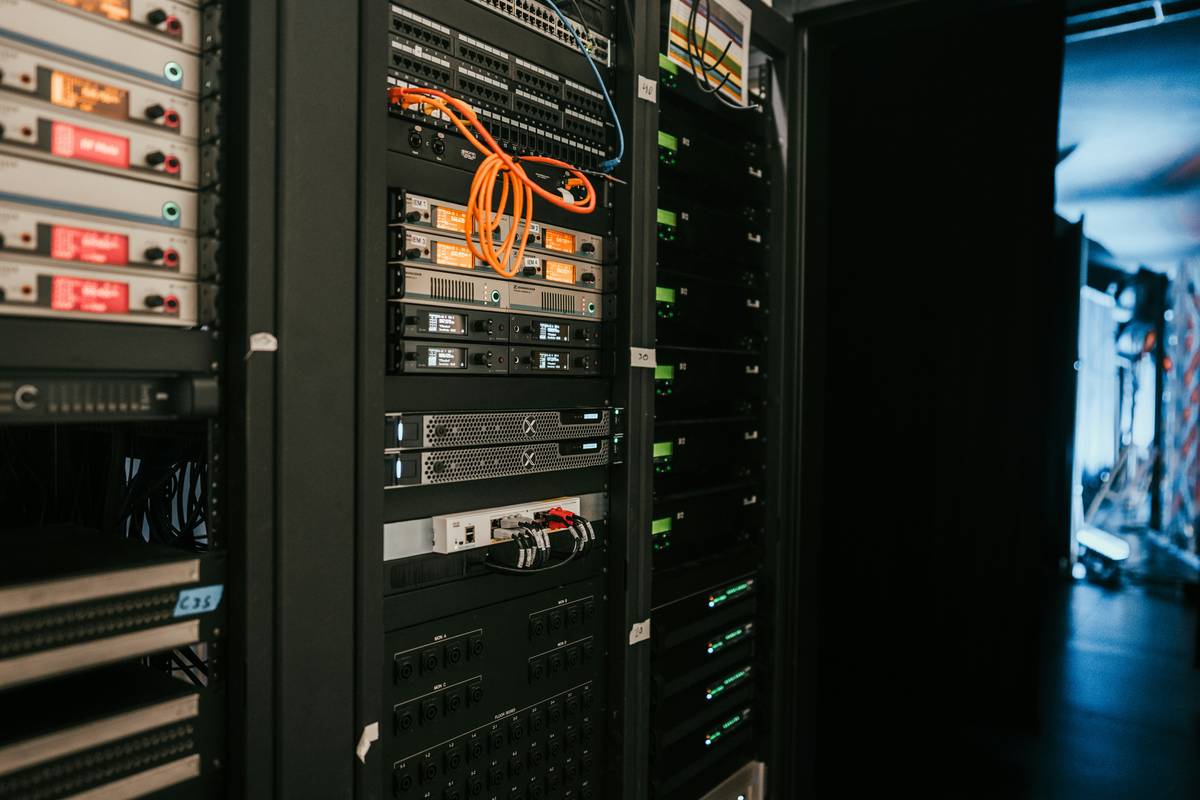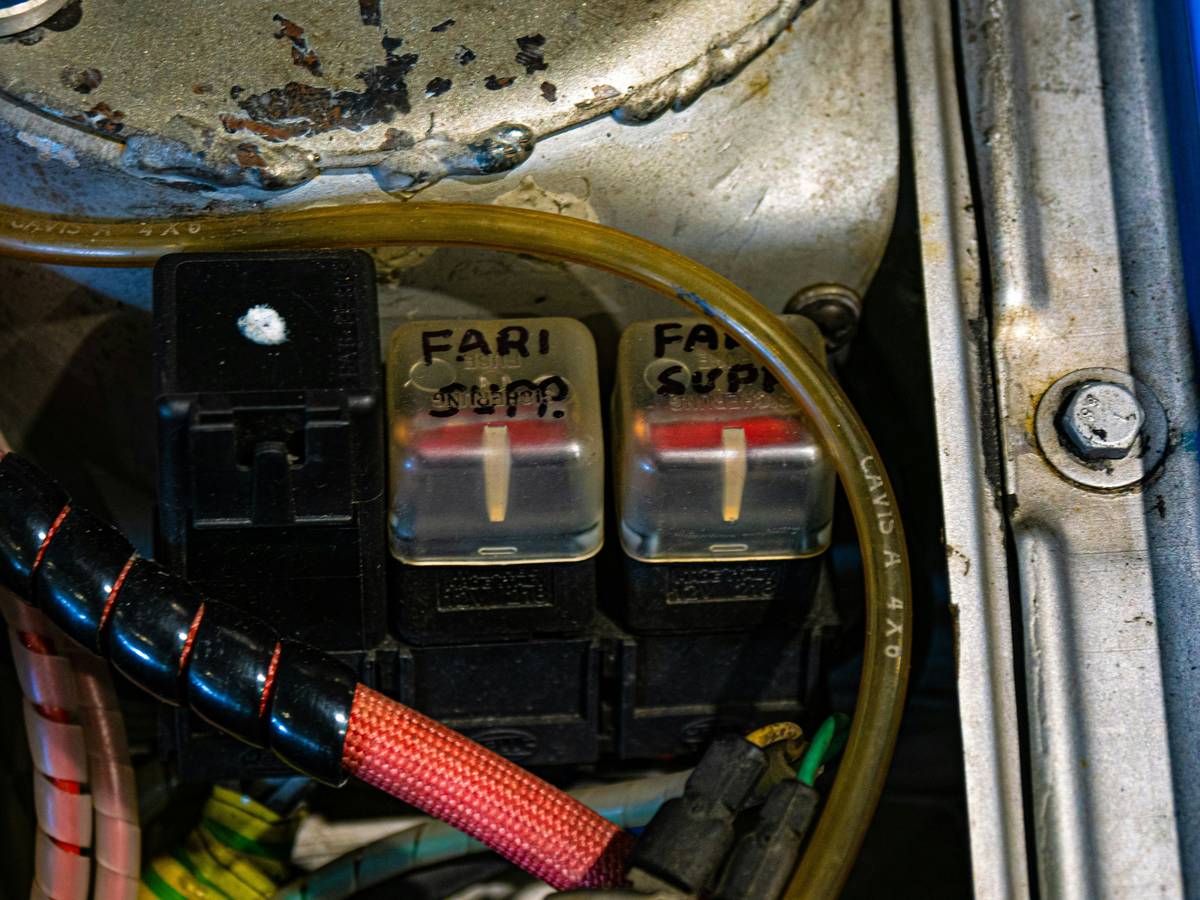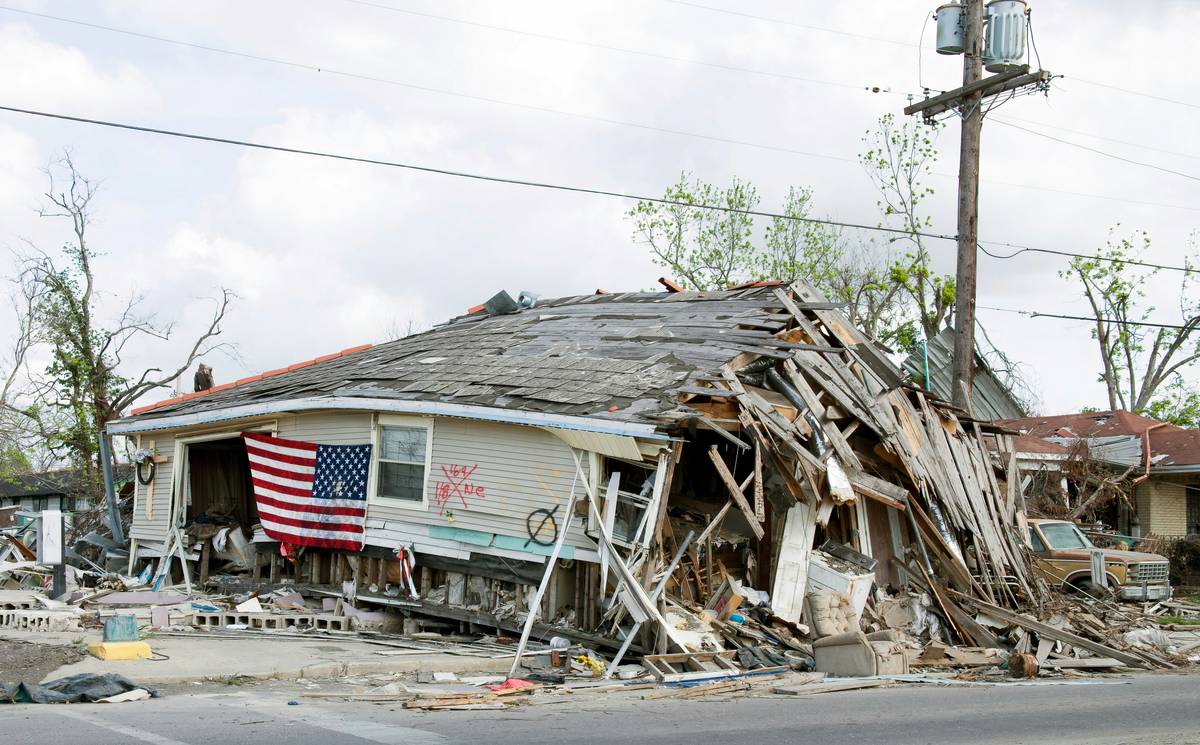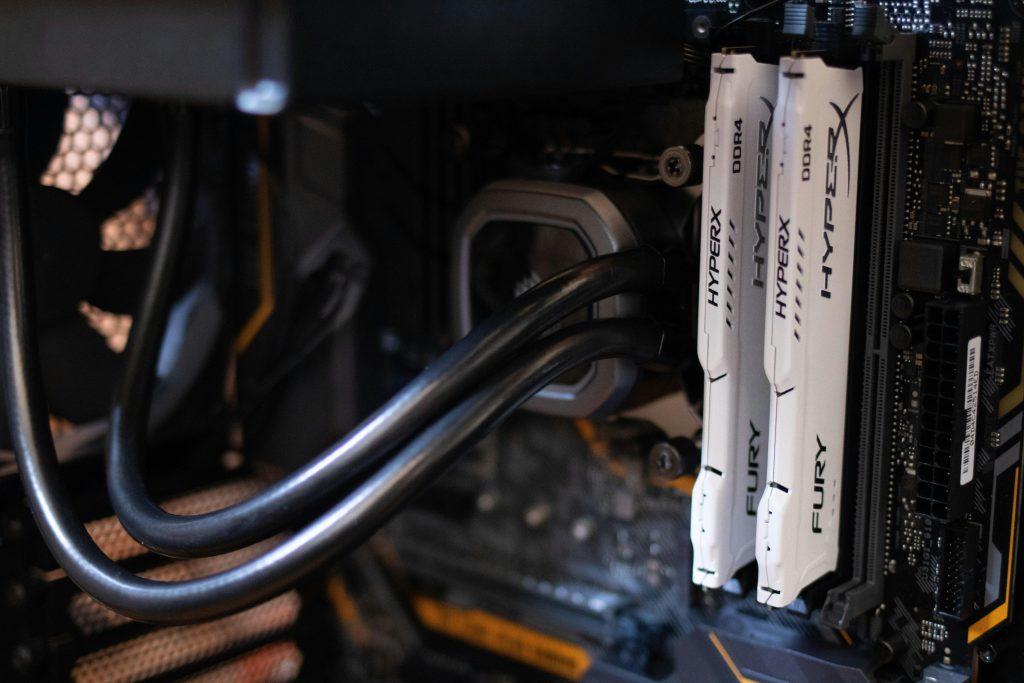Ever had your entire business grind to a halt because of an unexpected server crash? Yeah, it’s the stuff of nightmares. Data centers are the backbone of modern operations, but what happens when they fail? Enter fault tolerance and data center recovery. This isn’t just about backups—it’s about keeping everything running, even when things go sideways. In this guide, you’ll learn why fault tolerance is critical for data center recovery, actionable steps to implement it, and tips to bulletproof your systems.
Table of Contents
- Why Fault Tolerance Matters for Data Center Recovery
- Step-by-Step Guide to Building Fault-Tolerant Systems
- Tips & Best Practices for Robust Data Center Recovery
- Real-Life Examples of Fault Tolerance in Action
- Frequently Asked Questions About Data Center Recovery
Key Takeaways
- Fault tolerance ensures continuous operation during failures, preventing costly downtime.
- A robust data center recovery plan combines redundancy, automation, and proactive monitoring.
- Case studies highlight how fault-tolerant systems save businesses from disasters.
Why Fault Tolerance Matters for Data Center Recovery
I once ignored redundancy in a client project. Spoiler alert: The server went down mid-transaction. My phone blew up with angry calls faster than I could say “fault tolerance.” Turns out, skipping fault-tolerant measures was as smart as trying to microwave metal foil. Don’t be me—learn from my mistakes!

Fault tolerance is the invisible shield protecting your data center from catastrophic failure. Whether it’s hardware malfunctions, power outages, or cyberattacks, fault-tolerant systems keep your operations humming along. Without it, you’re one step away from chaos—and trust me, that whirrrr sound coming from your overworked support team is not relaxing.
Optimist You: “It’s easy to set up fault tolerance!”
Grumpy You: “Sure, if you have infinite budget and patience—but good luck explaining THAT to management.”
Step-by-Step Guide to Building Fault-Tolerant Systems
1. Assess Your Risks
Identify potential failure points. Is it hardware, software, network connectivity, or human error? Once you know where the cracks might appear, you can start patching them.
2. Implement Redundancy
This means having backup components ready to take over seamlessly. Think mirrored databases, dual power supplies, and redundant servers. Sounds expensive? Sure, but cheaper than losing customers to downtime.
3. Automate Failover Processes
Automation is key. When something breaks, manually switching systems wastes valuable time. Tools like VMware vSphere or AWS Elastic Load Balancer make failovers smooth and stress-free.
4. Test Regularly
Don’t wait for disaster to strike. Schedule regular tests to ensure your fault-tolerant systems work as intended. It’s better to find flaws during drills than live incidents.

Terrible Tip: Ignore testing altogether because “it seems fine.” Trust me, nothing screams regret louder than realizing your slick backup plan doesn’t actually work when needed most.
Tips & Best Practices for Robust Data Center Recovery
- Invest in Monitoring Tools: Tools like Nagios or Datadog keep tabs on performance metrics and alert you before minor issues escalate into full-blown crises.
- Adopt a Tiered Storage Strategy: Store critical data across multiple tiers (SSD, HDD, cloud) to balance speed and reliability.
- Document Everything: Create clear recovery playbooks so anyone on your team knows exactly what to do during emergencies.
“Chef’s kiss” for using RAID arrays and distributed storage—they’re lifesavers for ensuring fault tolerance without breaking the bank.
Let me rant for a second: Some companies skimp on fault tolerance only to cry afterward when their brand reputation tanks. Not cool, guys. If your budget priorities look more like avocado toast than resilient infrastructure, perhaps reevaluate those choices.
Real-Life Examples of Fault Tolerance in Action
Take Netflix, for instance. Their Chaos Monkey tool intentionally disrupts services to test fault tolerance—because knowing your system survives simulated chaos gives real peace of mind. Another example is Delta Airlines, which invested heavily in redundancy after a 2016 outage cost them $150 million. Lesson learned: Fault tolerance pays off big-time.

Frequently Asked Questions About Data Center Recovery
What Is Fault Tolerance?
Fault tolerance refers to designing systems that continue operating despite component failures. For data centers, this often involves redundant hardware, software, and networks.
How Does Fault Tolerance Help With Data Center Recovery?
By maintaining uninterrupted service during failures, fault tolerance minimizes downtime and accelerates recovery efforts, safeguarding productivity and customer satisfaction.
Are There Any Drawbacks to Fault Tolerance?
Cost and complexity are the main challenges. However, these pale in comparison to the financial impact of extended downtime due to inadequate preparation.
Conclusion
Building a fault-tolerant data center recovery strategy isn’t optional—it’s essential. From assessing risks to automating failovers, every step fortifies your defenses against unforeseen disasters. Remember, investing now saves headaches later. Ready to build resilience into your tech stack? Start small, scale smart, and don’t forget the coffee—it really does help.
Like a Tamagotchi, your fault-tolerant system needs daily care. Keep feeding it updates, and it’ll thrive for years to come.


